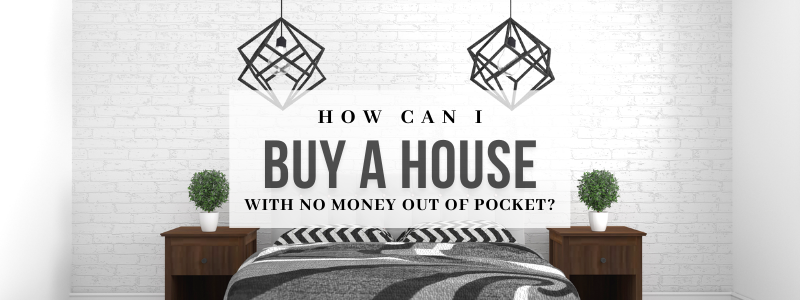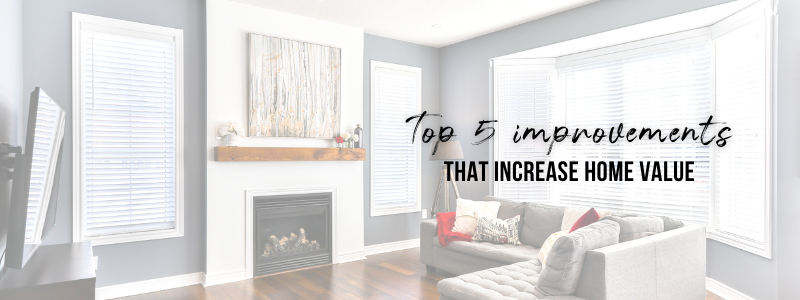
How can I Buy a House with no Money out of Pocket? The down payment is the one thing that keeps most people from buying a home. What if there was a way to buy a home without any money out of your pocket? It sounds too good to be true, but it’s possible. Today there are loan programs available that don’t require a down payment. Some programs allow gift funds for the down payment, which means no money out of your pocket. Below are a few of those options.
USDA Loans If you buy a home in a rural area according to the USDA boundaries, you don’t need a down payment. The USDA loan is for low to moderate income families who don’t qualify for any other financing program. If you are eligible, you can buy a home without a down payment, and ask the seller to cover the closing costs for you. Some lenders may do it too – they offer no-closing cost loans in exchange for a slightly higher interest rate.
VA Loans If you’re a veteran of the military or currently serving, you may get by without a down payment. The VA loan provides 100% financing and has some of the most flexible underwriting guidelines. Veterans can get a loan with less than perfect credit and higher than average debt-to-income raCos. Like the USDA loan, you can ask the seller to cover the closing costs or take a slightly higher interest rate and take a no-closing cost loan.
Gi= Money on Traditional Loan If you aren’t eligible for the USDA or VA loan, there are sCll other opCons. If you have a family member or employer who will provide gift funds to buy a house, you can use the funds to offset your down payment and or closing cost requirements. Both the conventional loan and FHA loan allow borrowers to use gift funds for 100% of the down payment. You’ll need to document the funds and prove they are a gift (and not a loan), but we can walk you through those easy steps.
Other Low Down Payment Options If you can’t get by with no money down on your home, there are low down payment opCons that require much less than the traditional 20% down payment. FHA loans require just 3.5% down and you don’t need perfect credit. With just a 580 credit score, you can qualify for FHA financing. If you have good credit (or at least decent), you may also qualify for a conventional loan and can put down just 3% on the home.
Buying a Home with No Money out of Pocket is Possible If you think outside the box, you can buy a home with no money out of pocket. We can help you exhaust all of your loan opCons so you know how to move forward. The down payment shouldn’t be the reason you don’t buy a home. Today some opCons help you become a homeowner and we’re here to help!




